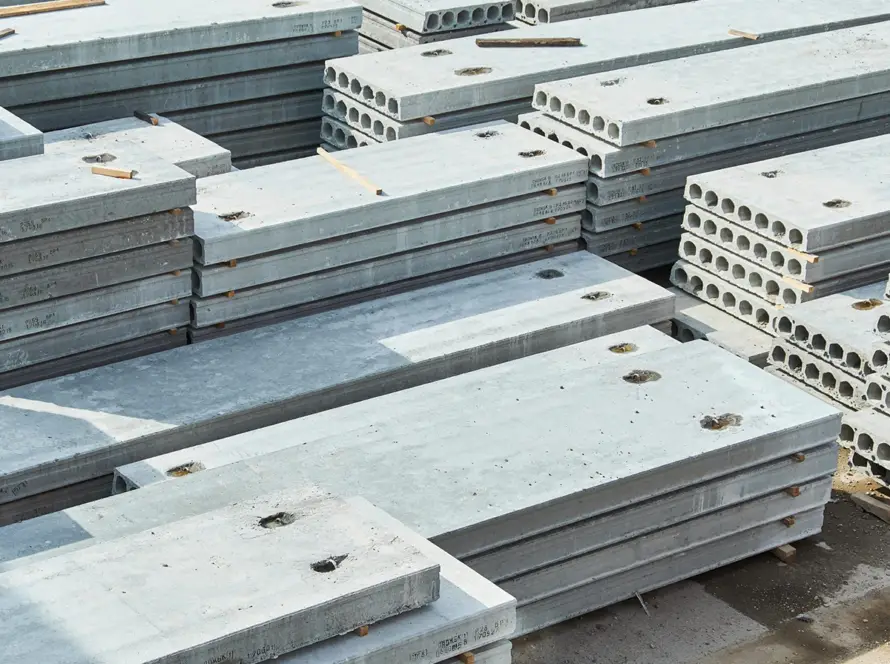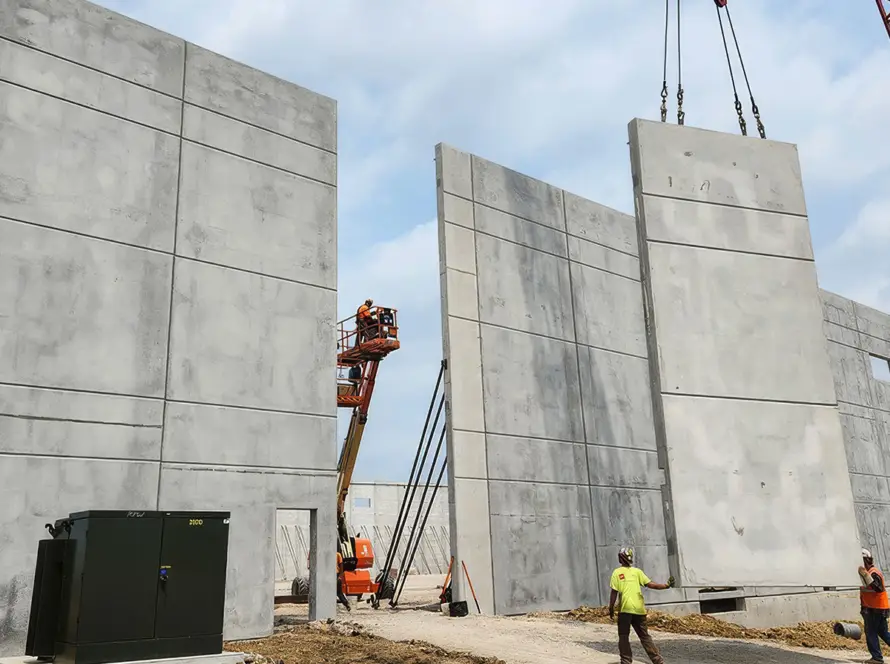Introduction
With rapid urbanization and climate change, managing rainwater effectively has become one of the biggest challenges for cities and residential areas. Heavy rainfall often leads to waterlogging, flooding, and damage to infrastructure. One of the most efficient and sustainable methods to tackle this issue is the soakaway system. Designed to manage surface water runoff, soakaways help restore natural water balance and reduce flooding risks.
In this blog, we’ll explore what soakaways are, how they work, their benefits, applications, and why they are essential in modern construction and urban planning.
What is a Soakaway?
A soakaway is an underground structure that collects excess rainwater or stormwater and gradually disperses it into the surrounding soil. Traditionally, soakaways were simple gravel-filled pits. However, modern systems are often built using precast concrete chambers or modular soakaway crates that improve efficiency and durability.
The main purpose of a soakaway is to prevent flooding by managing surface runoff from roofs, roads, driveways, and paved areas.
How Does a Soakaway Work?
- Collection: Rainwater from roofs, drains, or paved areas is directed into the soakaway system.
- Storage: The soakaway holds the water temporarily, reducing immediate discharge.
- Infiltration: Water slowly seeps out from the chamber into the soil, replenishing groundwater and preventing surface flooding.
By mimicking the natural water cycle, soakaways offer a sustainable drainage solution.
Benefits of Soakaway Systems
1. Flood Prevention
Soakaways reduce surface water runoff, preventing flash floods and waterlogging in urban areas.
2. Groundwater Recharge
Instead of wasting rainwater, soakaways allow it to seep into the soil, helping restore underground water levels.
3. Cost-Effective
Compared to complex drainage networks, soakaways are relatively inexpensive to install and maintain.
4. Environmentally Friendly
They reduce the strain on sewer systems, minimize pollution, and encourage natural water filtration.
5. Long Lifespan
When built with durable materials like precast concrete, soakaway systems can last for decades with minimal maintenance.
Precast Concrete Soakaway – A Modern Upgrade
Traditional gravel pits can collapse or clog over time. That’s why precast soakaway systems are now widely used. Precast soakaways are strong, reliable, and designed for quick installation.
Advantages of Precast Soakaways:
- High load-bearing capacity.
- Uniform design for consistent performance.
- Resistant to soil pressure and weather changes.
- Faster installation compared to traditional pits.
These systems are ideal for both residential drainage and large-scale infrastructure projects.
Applications of Soakaway Systems
- Residential Buildings: Managing roof and garden water runoff.
- Commercial Complexes: Preventing waterlogging in parking areas and courtyards.
- Roads and Highways: Handling stormwater from pavements and roadsides.
- Industrial Sites: Managing large volumes of runoff from warehouses and factories.
- Agricultural Fields: Improving irrigation by replenishing groundwater levels.
Factors to Consider Before Installation
- Soil Type – Soakaways work best in permeable soils like sandy or loamy soil. Clay-heavy soils reduce effectiveness.
- Groundwater Level – High groundwater levels can prevent proper infiltration.
- Rainfall Intensity – Systems must be designed based on expected rainfall volumes.
- Regulations – Many municipalities have specific rules for soakaway construction.
Proper design ensures maximum efficiency and avoids problems such as flooding or structural collapse.
Soakaway vs Traditional Drainage
Unlike traditional drainage systems that channel water directly into sewers, soakaways allow natural infiltration. This reduces pressure on municipal systems and helps maintain a balanced ecosystem. While conventional systems can be expensive and energy-intensive, soakaways provide a low-cost, eco-friendly alternative.
Challenges of Soakaways
- Blockages: Improper filtration can lead to clogging.
- Space Requirement: Large soakaways need sufficient underground space.
- Soil Limitations: Not all soil types allow effective water absorption.
These challenges can be minimized by using modern precast soakaway units with proper design and maintenance.
Conclusion
Soakaway systems are an indispensable solution for sustainable water management. By collecting and dispersing rainwater into the soil, they not only reduce the risk of flooding but also replenish groundwater and protect infrastructure.
With modern precast soakaway chambers, construction companies and homeowners can achieve long-lasting, cost-effective, and eco-friendly drainage solutions. Whether for residential properties, highways, or industrial complexes, soakaways are a smart investment in a more sustainable future.
As cities continue to grow, soakaways will remain a key part of urban planning, helping balance development with environmental responsibility.



